Ducks Unlimited Canada National Historic Event
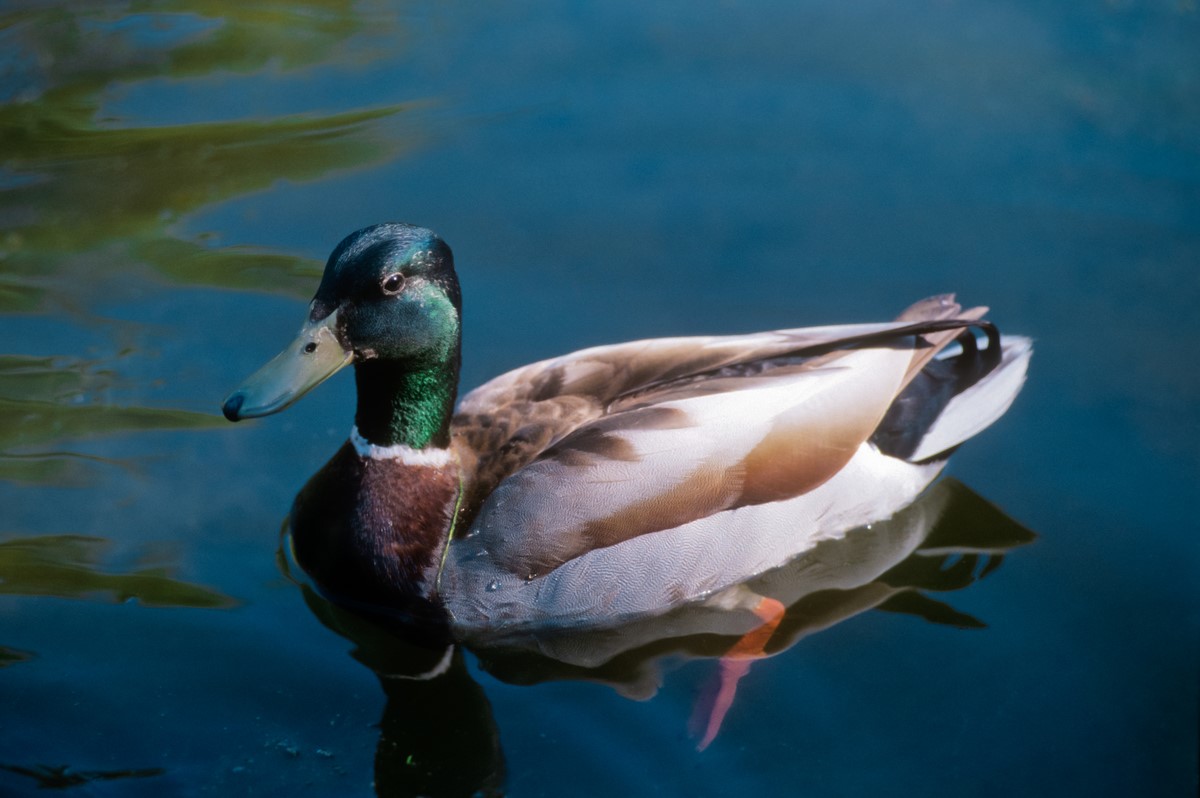
Ducks Unlimited Canada (DUC) was designated as a national historic event in 2019.
Historical importance: Conservation organization founded in 1938, it is an early example of the international approach to continental nature conservation in Canada and the United States.
Commemorative plaque: Oak Hammock Marsh, ManitobaFootnote 1
Ducks Unlimited Canada
Founded in 1938 by Canadian and American sportsmen, this non-governmental organization exemplified an international, grassroots approach to conservation in response to declining waterfowl populations and the widespread loss of wetlands. Its innovative outreach campaigns raised awareness and funds across North America, and mobilized volunteers called “Keemen.” Ducks Unlimited Canada helped develop wetland restoration and ecology, mounted one of the first large-scale surveys of breeding waterfowl, and conserved more than 860,000 hectares of habitat in Canada. Today, it remains a leader in waterfowl conservation.
Ducks Unlimited Canada (DUC)
Founded in Winnipeg in 1938, Ducks Unlimited Canada (DUC) was an early example of the collaborative, international, and grassroots approach to nature conservation by Canadian and American hunters in response to declining waterfowl populations and the widespread loss of wetlands. As a conservation organization, it was distinguished by its innovative use of business principles and promotional techniques for nature conservation, and its investment of private American funds in Canadian conservation projects. It was also known for fostering of a sense of belonging to a cross-border North American system of wetlands, and its ability to mobilize a large force of volunteers and citizen scientists, called “Keemen.” DUC also helped develop wetlands restoration and ecology, mounted one of the first large-scale surveys of breeding waterfowl in Canada, brought the importance of wetlands to the public’s attention, and played a leading role in the conservation and management of more than 860,000 hectares of waterfowl habitat.
DUC was preceded by a private foundation in the United States, known as the More Game Birds in America Foundation, which was founded in 1930. After conducting a major census of the continent’s breeding birds in 1935, More Game Birds decided to focus its resources on restoring, securing, and managing habitats for breeding waterfowl. In 1937, it established Ducks Unlimited, Inc. (DUI) in the United States to raise funds, while DUC was to deliver habitat programs on the nesting grounds of Prairie Canada. With this transition completed, More Game Birds in America ceased operations in 1940.
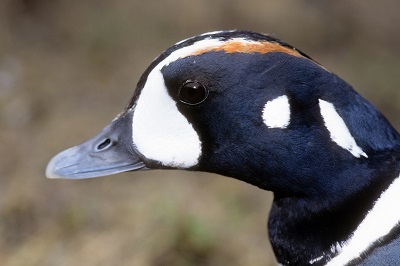
© Wayne Lynch/Parks Canada, Saguenay St. Lawrence Marine Park
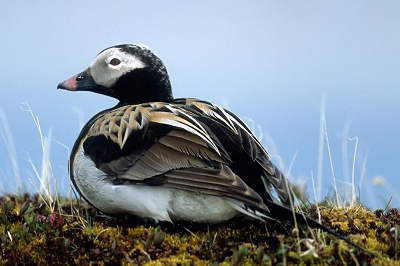
© Wayne Lynch/Parks Canada, Wapusk National Park
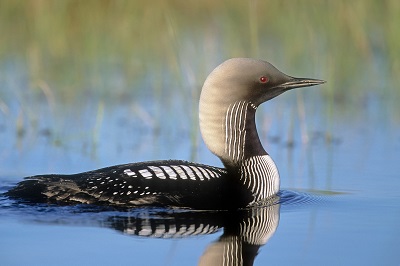
© Wayne Lynch/Parks Canada, Wapusk National Park
DUC applied business principles and promotional techniques to nature conservation. It managed wetlands as if they were “factories” and published regular reports on waterfowl numbers for investors. From the beginning, effective public relations and communications strategies were essential to its work. Through marketing campaigns that fostered a sense of belonging to a common ecosystem and raised awareness of the importance of wetlands, it encouraged multi-year pledges and project sponsorship from private citizens and conservation-minded fish and game clubs in Canada and the United States. In 1938, DUC undertook its first waterfowl census, surveying the bird population in the West by air and on the ground with help from thousands of volunteers known as “Keemen” or “Kee-Men.” In the years that followed, they provided DUC with much-needed labour and information about the state of waterfowl populations, which supported the work of staff scientists.
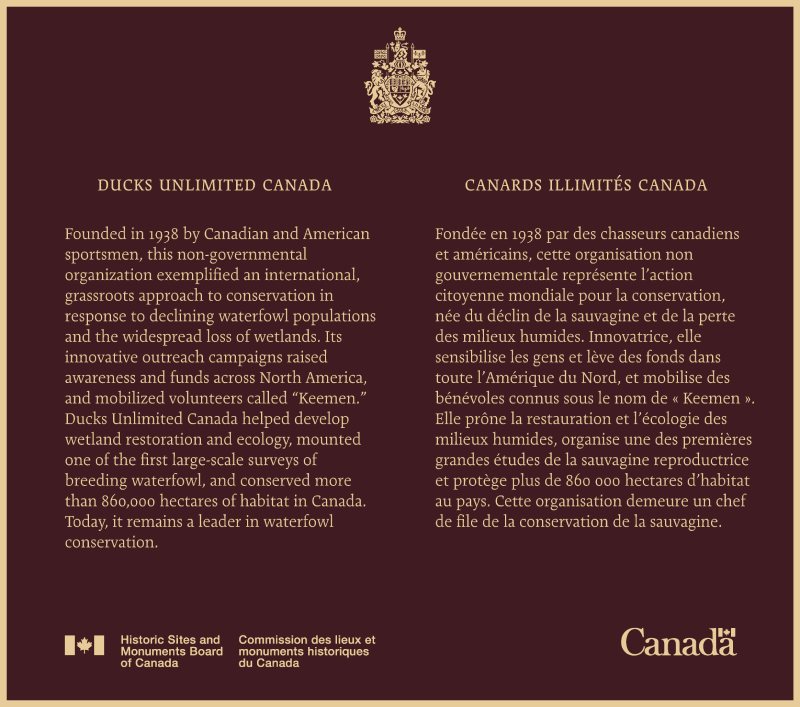
In the early years, DUC engineers led the restoration of marshlands by damning drainage channels, building dykes, and thereby re-engineering prairie landscapes at places like Big Grass Marsh in Manitoba, which was the site of “Duck Factory No. 1.” Many of these projects were associated with major wetland complexes in the boreal forest zone, including the Cumberland Marshes, the Carrot River Triangle, the Reader-Root Complex, and the Summerberry Marsh Complex in the Saskatchewan River Delta of Saskatchewan and Manitoba. At the same time, DUC advanced scientific understanding of waterfowl and wetlands ecology through projects that included the Wetland Inventory Program and the Marsh Ecology Research Program.
Backgrounder last update: 2022-08-30
The National Program of Historical Commemoration relies on the participation of Canadians in the identification of places, events and persons of national historic significance. Any member of the public can nominate a topic for consideration by the Historic Sites and Monuments Board of Canada.
- Date modified :